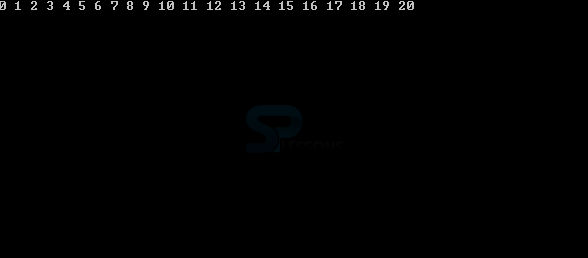 Description
Description
In the computer language a file can be described as gathered of data stored in a particular storage device, when user opens the storage device to read the data stream operation will be performed, where read operation and write operations will be performed in a file.The stream is a "Collection of Bytes". There are two types of streams in VB.Net.
- Input Stream or Read Stream
- Output Stream or Write Stream
 Description
Description
System.IO namespace is used to perform input and output operations. We have to create a FileStream Class to do any operations like opening a file, closing a file...etc..The following table shows you I/O Classes that are mostly used.
| Class | Description |
|---|---|
| File | Used perform changes in files |
| FileInfo | Used to perform any operation in files |
| FileStream | Used to perform Read or Write Operation in the file |
| StreamReader | Used to read characters in a stream |
| StreamWriter | Used to write characters in a stream |
| StringWriter | Used to write characters in Sting Buffer |
| StringReader | Used to read characters in Sting Buffer |
| Path | Used to perform operations on the file which is in the particular path |
| BinaryReader | Used perform read operation in a binary stream |
| BinaryWriter | Used perform write operation in a binary stream |
| MemoryStream | Used perform operations on the stored data |
| Directory | Used to perform changes in the directory |
| DirectoryInfo | Used to perform any operations in the directory |
 Syntax
Syntax
The following is the Syntax to create a File Stream Class.
[vbnet]Dim Object_Name As FileStream = New FileStream("Filename",FileMode,FileAccess)[/vbnet]
Following one is the Description table for the above syntax.
| Fields | Description |
|---|---|
| Filename | Name of the file which you want to do operations |
| FileMode | Operation Name i.e Open or Create..etc |
| FileAccess | Mode of Operation i.e Read or Write or Delete...etc |
| Object_Name | Name of the object |
 Example
Example
Following is an example to understand the concept of streams.
[vbnet]Dim FS As FileStream = New FileStream("Example.txt", FileMode.Open, FileAccess.Read)[/vbnet]
The following table describes the fields in the above example.
| Fields | Description |
|---|---|
| FS | Object_Name |
| FileMode.Open | FileMode in Open Position |
| FileAccess.Read | File Access in Read Operation |
| Example.txt | Name of the file |
 Example
Example
Following is an example to understand the concept.
[vbnet]
Imports System.IO
Module Module1
Sub Main()
Dim f1 As FileStream = New FileStream("test.dat", _
FileMode.OpenOrCreate, FileAccess.ReadWrite)
Dim i As Integer
For i = 0 To 20
f1.WriteByte(CByte(i))
Next i
f1.Position = 0
For i = 0 To 20
Console.Write("{0} ", f1.ReadByte())
Next i
f1.Close()
Console.ReadKey()
End Sub
End Module
[/vbnet]
Output:
Following is a result in the console.
 Points
Points
- CByte is function that represents an expression.
- Append and Truncate both are the file mode enumerators.
- Inheritable is an enumerator of file mode.




